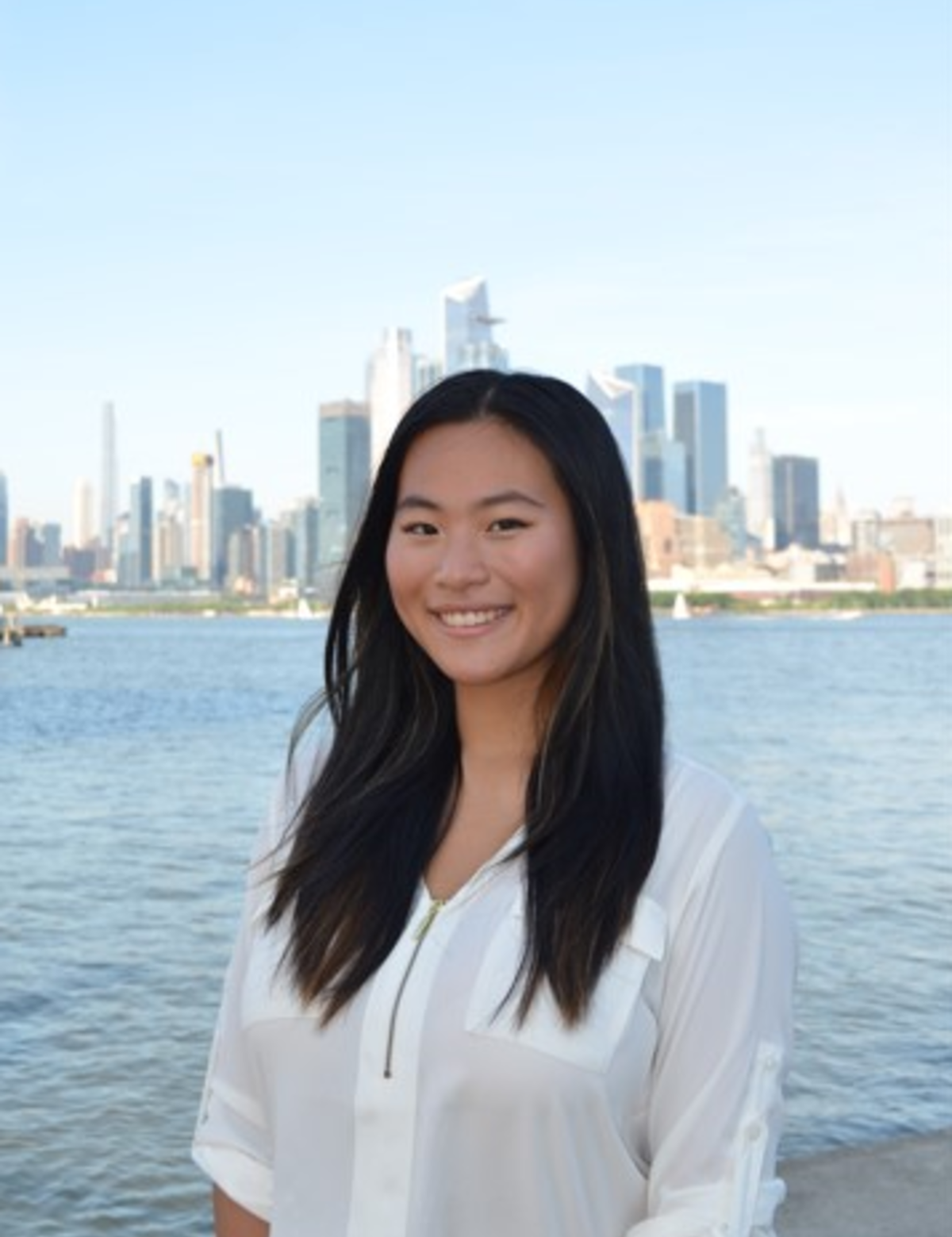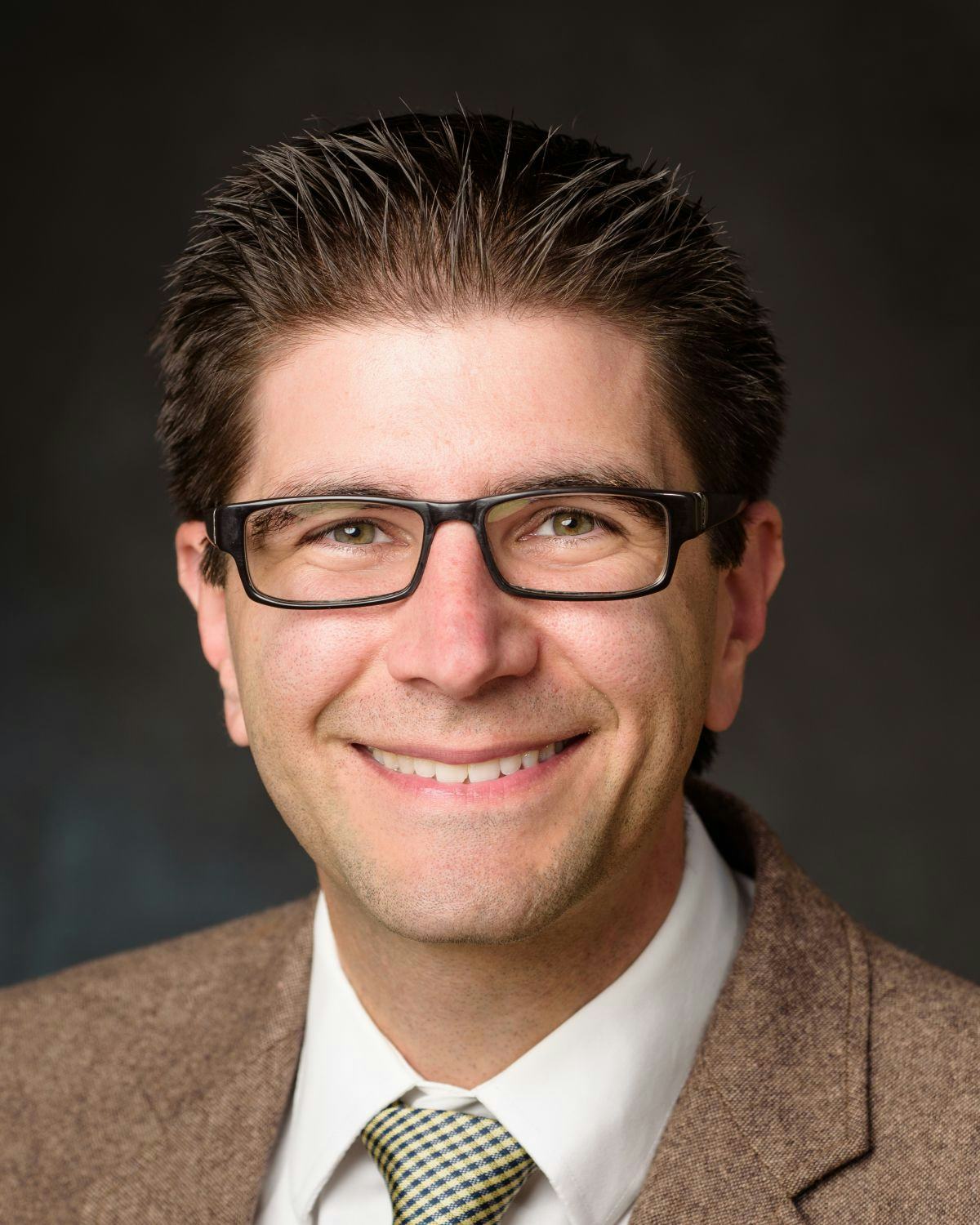Inspired by a personal connection, Stevens student Katherine Ho is studying noninvasive treatments to change the future for those with Alzheimer’s disease
Katherine Ho, a Class of ’23 biology major in the Department of Chemistry and Chemical Biology at Stevens Institute of Technology, has cherished her grandmother’s presence for as long as she can remember. Her grandmom even helped raise her.
But since her grandmother’s onset of Alzheimer’s disease, Ho has sadly watched the woman who always remembered to give her so much love forget more and more of even the simplest things.
“I lived with her again when I was 18 and her forgetfulness would just happen out of nowhere,” Ho said. “She would just go off, even into a fictional world. I remember once she was reading a story, and then she was talking like the story had happened to her. I just felt helpless.”
This distressing experience inspired Ho to embark on impressive research to help shine a light on ways to slow the progression of this relentlessly degenerative disease.
Looking for the light in the darkness of Alzheimer’s
In the U.S. alone, an estimated 6.5 million people suffer from Alzheimer’s disease. As Ho began thinking about how she could use her Stevens senior design project to try to make a difference for patients like her grandmother, she talked with George McConnell, biomedical engineering assistant professor and director of the Laboratory of NeuroInnovation.
McConnell had seen a 2016 paper in Nature describing how researchers at the Singer Lab at Georgia Tech studying a mouse model of Alzheimer’s disease had noticed plaque deposits of beta-amyloid proteins among the nerve cells of the brain among mice afflicted with the disease. He suggested that he and Ho could team up on a study inspired by those findings and Seoul National University’s work on light stimulation’s effect on the brain.
“Both studies involved the beta-amyloid plaque build-up, resulting in the neuroinflammation and death of brain cells,” explained McConnell, who also has a personal interest in this area, as his mother-in-law was diagnosed with moderate Alzheimer’s disease and Parkinson’s disease. “The Singer Lab research also showed that, after spending time in a space with a light that flickers at 40 Hz, the mice had less damage in their brains. And a followup study by a group at the Seoul National University study found a light flickering at 34 Hz, with a red and white pattern, to be the optimal rate and color scheme to make a difference.”
More than a flicker of inspiration
Ho’s project builds upon this research to explore the most effective parameters for treatment. Her study also considers whether gamma oscillations using stimuli that is auditory instead of visual could also address the suspicious protein buildups. To delve further into the auditory part of the project, she is also collaborating with Robert Harari, teaching professor in the College of Arts and Letters and director of the Music and Technology program.
Ho, Harari and McConnell are even using themselves as subjects, taking electroencephalogram recordings of their brain activity after exposure to various rates and colors of flickering light.
“It’s like being outside a football stadium during a game, listening to the roar of the crowd,” McConnell said. “You’re getting information from hundreds of thousands of neurons that are synchronously active.”
What Ho finds most exciting about this research is its potential to be a game-changer for the treatment of Alzheimer’s disease.
“Some people with Alzheimer’s undergo deep brain stimulation, a highly invasive surgery, to attempt to reduce their symptoms, while others simply decline for years with no hope of stopping or even slowing the disease progression,” Ho said. “Our research is a step toward the possibility of using noninvasive light and sound therapies to clean up the plaques that form from the disease. It may not be able to help my grandmother, but it could change the future for other grandmoms and granddads and the families who love them.”
A bright future
Ho has found abundant support for her project throughout Stevens. Winning an elevator pitch competition connected to the Innovation and Entrepreneurship Summer Scholars Research Program provided some of the funding for her research.
She worked with Valerie DeAngelo, then a Ph.D. student in McConnell’s lab, on a Parkinson’s disease-related project, which focused mostly on gait analysis. That work provided not only a base of neurodegenerative research knowledge and insight into research philosophy, but also valuable mentoring.
“As a biology major with a background in biomedical engineering and electrical engineering, she challenged me to think in a wider scope,” Ho said. “She was so patient, and she taught me that research isn’t just about the immediate discovery, but about dealing with setbacks and continuing to build on what you’ve learned.”
And, of course, the research itself has been a growth experience fueled by her professors’ guidance and her own drive to learn.
“I’ve had a great chance to step out of my comfort zone and grow as a researcher,” said Ho, who is going to take a gap year before starting medical school in 2024. “I’m very used to looking at models and being hands-on through my experience here. Stevens has prepared me well by continuing to present complex opportunities that push me and encouraging me to have confidence that I am smart, and that I can do great work in areas that truly interest me. I’m eager to use all these learnings to help people for years to come.”



